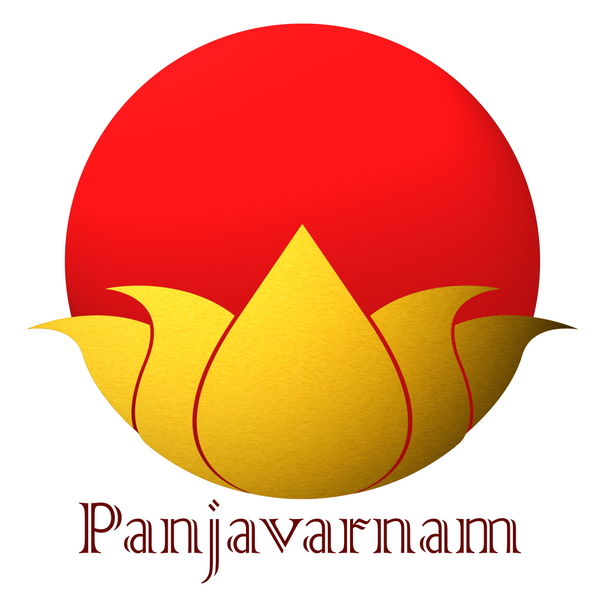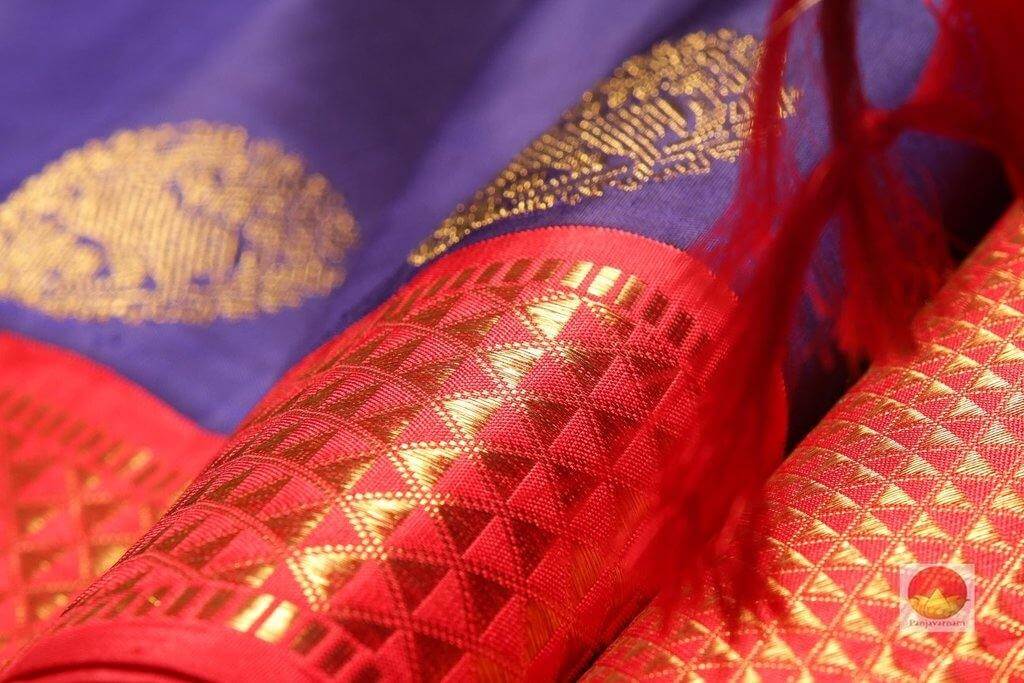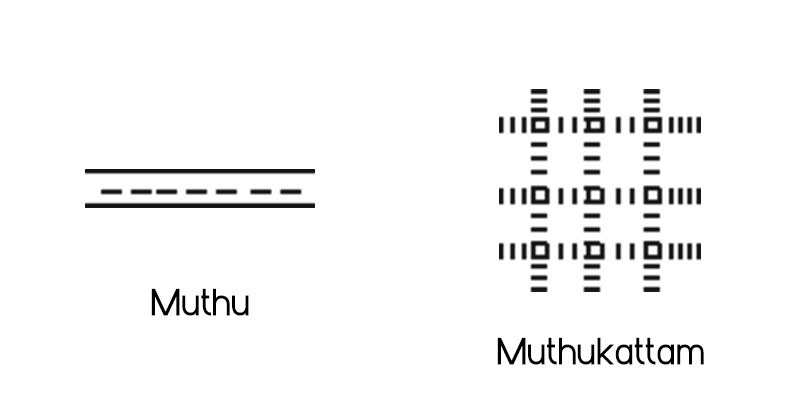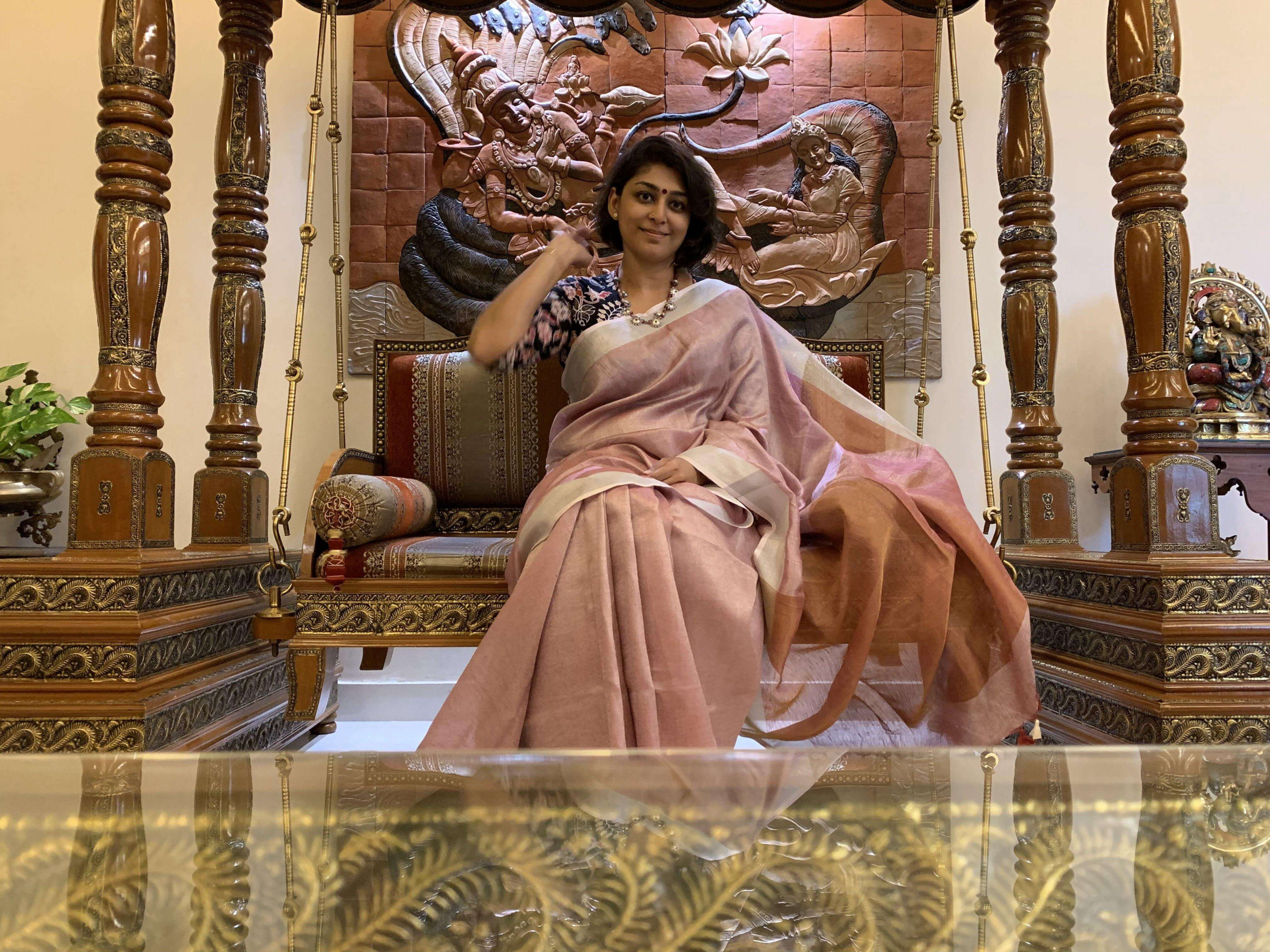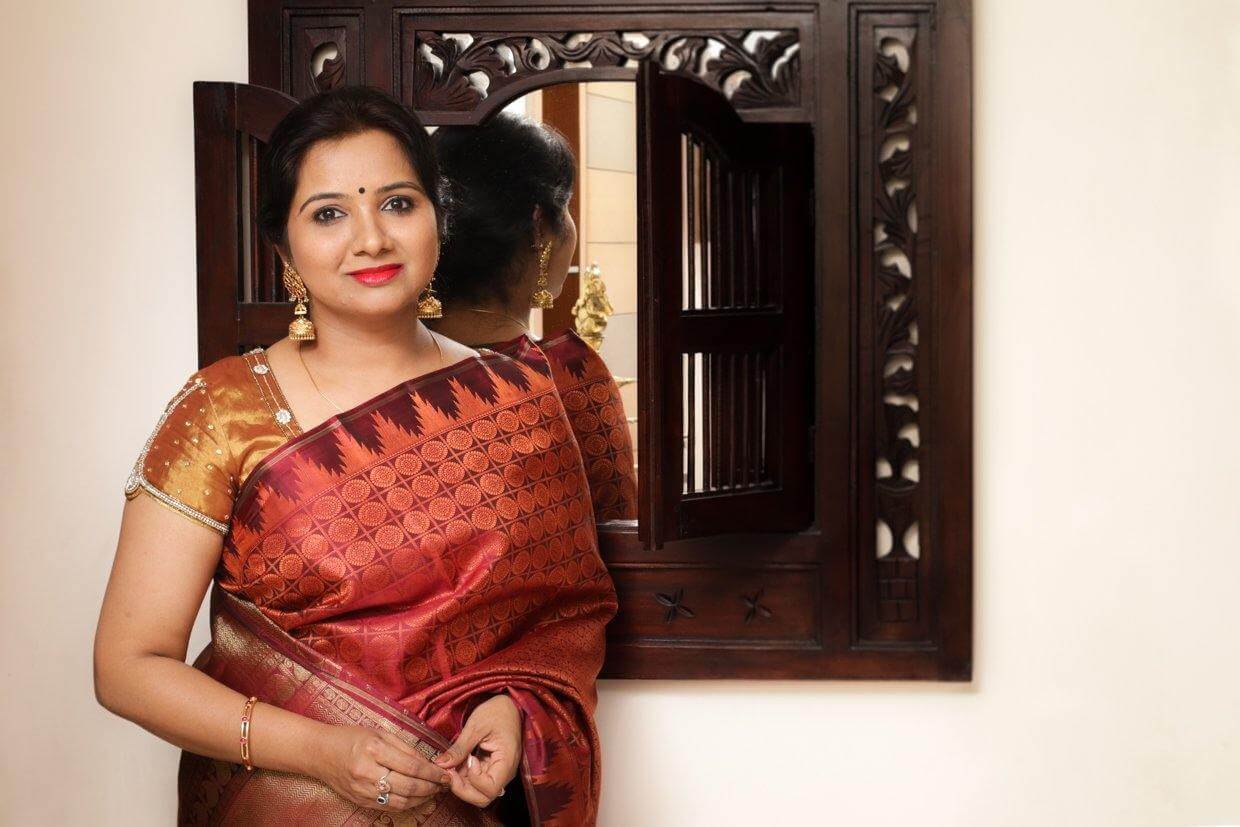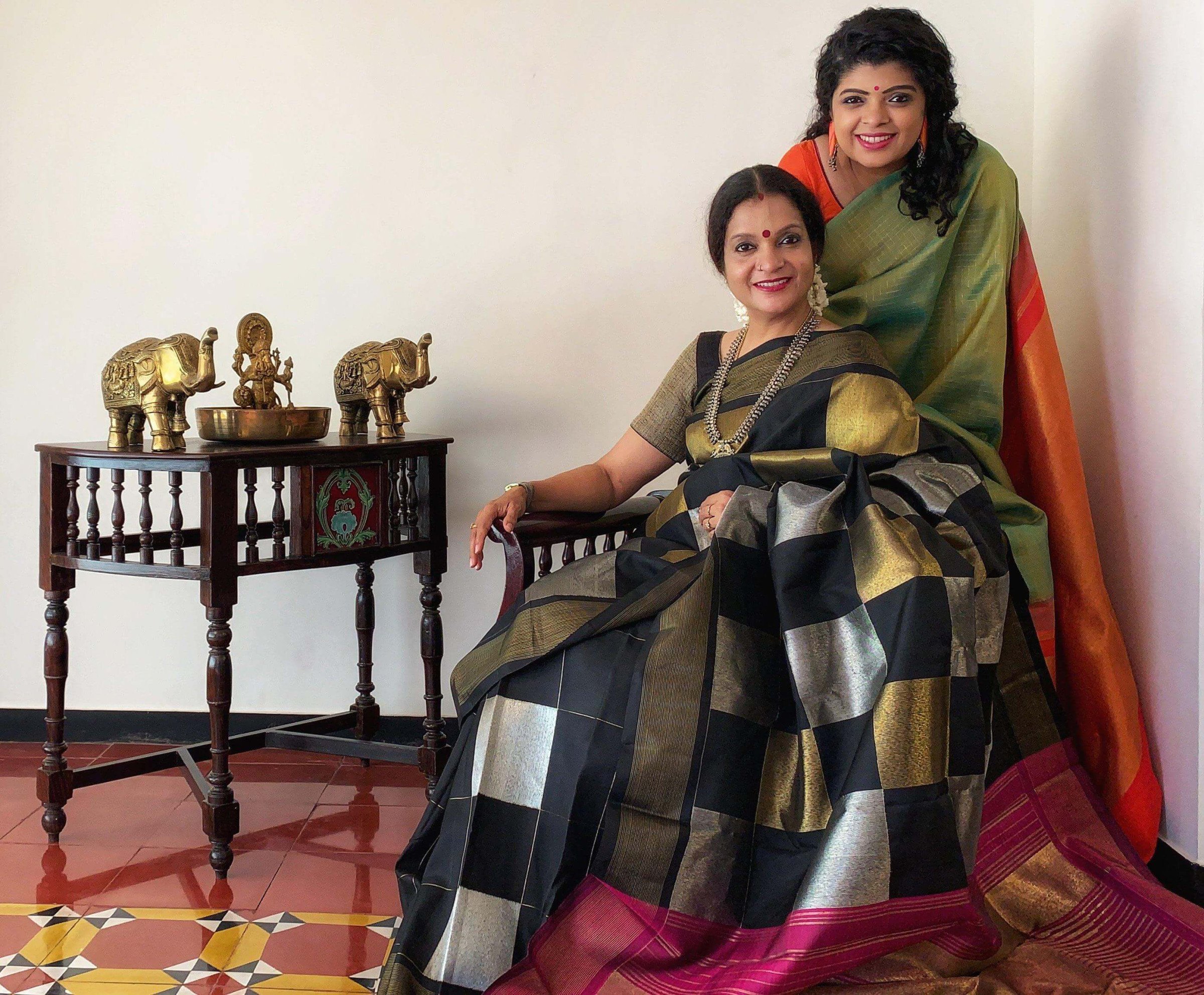The handwoven saree is quintessentially Indian, and represents everything Indian in women today. While the saree is the preferred ethnic wear of choice for most Indian women., this unstitched garment has come a long way to what it represents today. While the saree represents everything Indian, women today, all over the world have more meaning to this 6-yard beauty.
Women, we’ve come a long way. Travelled this far, achieved so much. But the road ahead is longer, tougher even. This week, in our ode to women everywhere, we bring to you the evolution of a saree - how a garment of 6-yards to 9-yards with no colour was used merely to drape oneself to how each drape defines individually the style and power that is a woman! The saree has grown with us over time, so much that it has become a part of our history, our growth. Pretty synonymous. Don’t you think?

Only in India do you see and understand the vastness that a saree represents. Each woman has her own drape, each community has a way of wearing the saree. A woman’s saree drape in Maharashtra has a stark difference to a drape in Tamil Nadu or even Kerala’s for that matter. The saree is not only known by different names - Lugda, dhoti, pata, seere, sadlo, kapad - in various parts of the country, but is also conceived differently in form and structure, in usage and custom. The history of a saree begins with the start of civilisation itself. Read on.

The earliest evidence of a saree is during the Indus Civilisation. One of the earliest documented evidence is that of a Portuguese traveller in the early 1500s who wrote: “The women wear white garments of very thin cotton or silk of bright colour, five yards long, one part of which is grit round below and the other part on their shoulder across their breasts in such a way that one arm and shoulder remains uncovered”.
The manner of wearing a saree in this era was more to do with the class and occupation that the women belonged to. The women of the civilisation were familiar with the garment and wore long pieces of garment that could best be described as a loincloth. To be able to move freely, women wore it like a Kachham, where the saree was bunched up in pleats and tucked in, in a way to look pants.

With the Aryans came the word Vastram. In this period, they embraced the draping of cotton weaves and the drape and the fabric itself came to be called Neevi. It is also around this time that Pitambar and Patola came to be.
With the advent of the British rule, the handwoven saree faced major changes in its draping. Petticoats and Blouses became an important part of the attire, to bring in more modesty in wearing the garment. Women above the age of 16 started wearing a saree. Young girls either wore a skirt and blouse or a half-saree. Women in the north embraced the salwar kameez. Women of marriageable age always wear a saree.
Post Independence era marked an exciting development in the history of a saree. It marked the emergence of various methods of weaving, dyeing, and printing. The skill of rural artisans and weavers was such that the multi-faceted textiles achieved worldwide fame even in this period. Beautifully handwoven Kanchipuram silks, brightly printed cotton and painstakingly handpainted sarees were highly prized across the world.
Over time, these handwoven sarees came to be known for their textiles, motifs by certain special names, like pochampally Ikkat sarees, Kalamkari sarees, Patola, Paithani and Kanjivaram sarees, Chanderi and Chikankari fabrics, cottons and so on. Till today, these are highly coveted amongst saree connoisseurs across the world.
Today, with the advancement in fashion, women and men everywhere are experimenting with drapes through the saree. Blouses are replaced by Coats and Jackets, Belts are introduced, to hold the pleat drapes better, sarees are even draped with pants and skirts below. Today, a saree has become an expression of who the person is and their style.
The saree creates a picture of flowing grace that conceals as much as it reveals. Despite the difference in draping style, in different parts of the country, it still is a unifying feature. From a time when the saree was fast disappearing, with the Salwar and western wear taking over, today, women all over are now embracing the 6 yards of beauty in their own way. Handloom sarees today have more worth because of the ease of drape they bring to the wearer. The saree stood the test of time, stood with us through thick and thin. To us, it represents a struggle that can not be put in words but like a scar we proudly wear.
Image Source: The Internet
